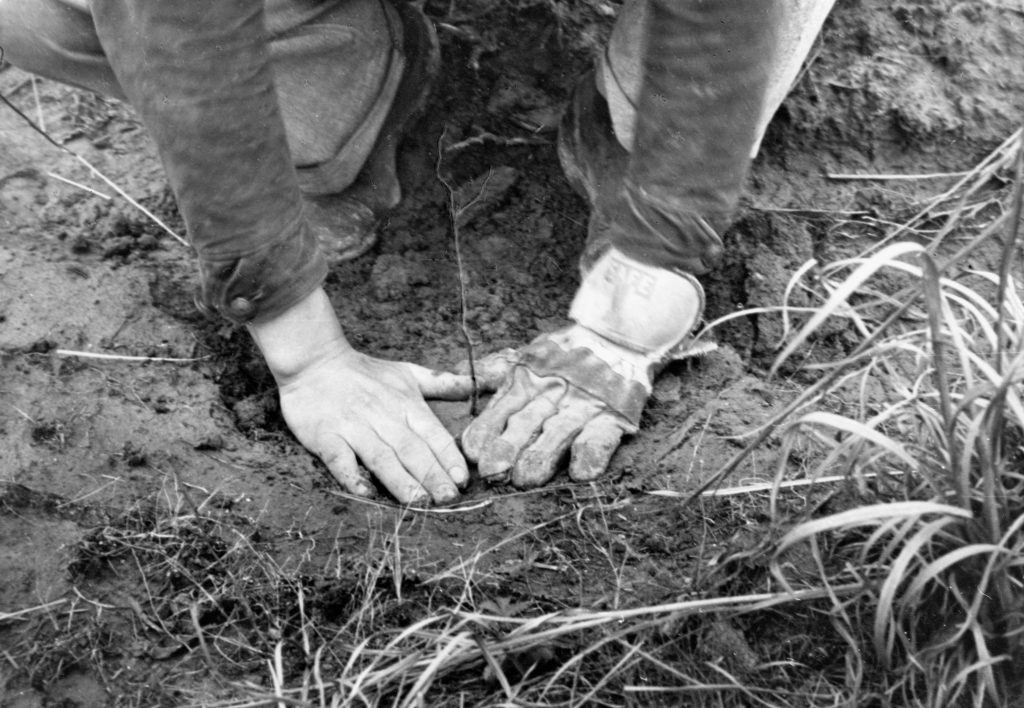Facilitation is about gathering insights, reflecting a communities ideals, values and goals back and … [+]
In the past 3 years, I’ve facilitated over 1,000 hours of meaningful conversations with organizational communities – with 90% of them being over zoom. And I’ve loved it!
To be fair – I grew up with facilitators for parents. My father worked for Kodak in the 90’s as a learning and development facilitator and my mother worked for The New York State Education Department focusing on educational quality.
Becoming a strong facilitator isn’t for the faint of heart — community dialogues can be filled with unspoken tensions, quiet yet bold ambitions, and all the dynamics that make community work satisfying.
ADVERTISEMENT
Facilitation is in my bones, and it is also in my spirit, my politic and drives most of the ways that I engage with the world.
The thing that keeps me grounded and enables me to steward these conversations is a facilitation philosophy that comes from practice.
So what is a facilitation philosophy? Great question.
A facilitation philosophy is a statement of intent and a sharing of principles that guide the experience of participation.
Curious about my facilitation philosophy? The 10 tenets below have emerged over time and anchor my approach to facilitation design.
- Communicate bravely – Make the implicit explicit. Dance with the power of sharing your truth. Show up – be present – and consider that idea that clarity is an act of kindness.
- Rest – Why aren’t you resting? Rest is what restores us and it can look many different ways, from walks with friends to naps. What if rest wasn’t only for increasing productivity? What if rest is what you deserve simply for being alive.
- Reach for nuance – In the moments where you find tension, where there is heat – reach for the thread that ties it together. Give room for details that can give texture to your understanding, your ideas and your decisions.
- Show care – Designing for care means activating a politicized empathy. What if you built caring infrastructure into your practice? What would it mean to make sure you and your community had resources to care for yourselves and each other?
- Orient towards joy – How often do you use joy as a guide? What would it look like to focus on finding delight with your community? In times of crisis — joy can still be found. It is tender – bright and can be a guide and a horizon.
- Sit with silence – Silence is often interpreted as a lack of interest or engagement, when silence can simply mean processing, metabolizing and integrating. Don’t be afraid of quiet moments — there is clarity to find there.
- Embrace slowness – Take your time. Our urgency when working in design, often driven by client contracts, leaves little room for pausing. For reflection. Hold space for slowing down – and asking, “what might we be missing”?
- Resist the Binaries – The false dichotomy of the binary can inhibit the design of creative interventions. What if it was either/or? What if it was both/and? What if it’s not a linear choice but a constellation of truths to navigate?
- Discover the story – What is it that motivates your community to choose each other? What’s the narrative that keeps you together?
- Land on gratitude – Was there a meaningful exchange? No matter how big nor how small, gratitude is an investment in a relationship. It communities that you see someone’s worth and appreciate their contribution.
ADVERTISEMENT
For more advice on facilitation, emergent strategy and management stay tuned here!











